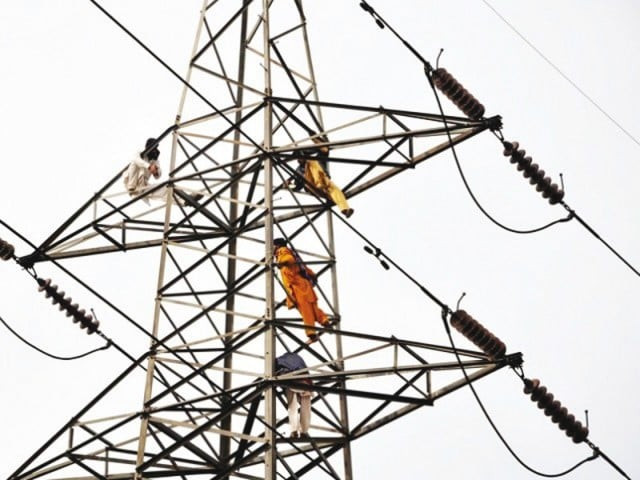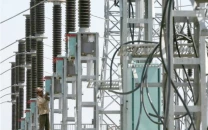Cross-subsidies in consumer energy tariff
Rich people also benefit from tariff system meant for low-income classes

In Pakistan, we have an entrenched cross-subsidy system, implemented through a cascaded tariff.
It operates both in electricity and gas tariffs. There are on average five to six slabs in the residential tariff. Low consumption consumers pay a lower tariff and high energy consumers bear a higher tariff.
For example, in case of electricity, the small consumer consuming 50-100 units pays around Rs5 per unit and a large consumer may pay as much as Rs20. Similarly, the small gas consumer may have to pay as low as Rs500 per month, while large consumers may pay five to seven times higher rates.
On the surface, the idea appears to be fine – the small consumer is supposed to be poor or among lower economic classes and thus pays less whereas the large consumer is supposed to be rich or well-to-do, and pays more.
However, it is not as simple as that. There may be and there are consumers who live in large houses but through various legitimate ways of conservation and energy efficiency have a smaller bill due to reduced level of consumption. Should they benefit from a tariff system which is primarily meant to benefit the low-income classes?
Now, there are other schemes which are accentuating this problem. Those who install solar facilities on their rooftops benefit in two ways. Apart from cheaper solar energy, their consumption goes down and starts falling in the lower rates category.
Another thing is that there is a net metering system, through which the solar energy owner sells electricity to a power distribution company (DISCO). He may be avoiding peak tariff and in exchange sell during non-peak period, and both are at the same rate.
Practically, his monthly bill may be reduced to zero and in some cases he may actually make more money from the DISCO. In this category may come people who are living in large and expensive houses of one canal or more and may have invested Rs0.5-1 million in their solar panels installed on rooftops.
The DISCO does not bring it from its own pocket. It has no pocket other than the consumers – rich and poor. The average tariff increases and everybody pays.
No need for incentives
There was a time when solar energy was expensive and such promotional schemes might have been considered fair and opportune. But now it is no more the case as solar energy prices have come down and efficiency has increased.
There is no need for providing solar incentives. Solar energy is viable on its own. It is cheaper than the grid. Besides, it provides autonomy and saves the investor from untimely load-shedding and breakdowns.
No wonder, interest in India in net metering is waning. The market share of net metering did not exceed 5% despite active promotion in early stages.
Recently, four important states have served notices of discontinuing the net metering system. They have announced they would be interested in gross metering only, ie, just buying at existing wholesale rates, currently at INR3.79 per kilowatt-hour (kWh). In Europe, many countries have withdrawn net metering schemes because solar energy system can now stand on its own economic feet.
In Asia, there are other issues, as mentioned elsewhere, of resource transfer from poor to the well-to-do and the rise in average cost and tariff.
Net metering should go
There is a case for correcting the situation. First of all, net metering should be discontinued except perhaps for the existing contracts wherein solar panels may have been installed at higher costs.
Net metering may be replaced by gross metering whereby electricity is purchased from solar rooftops at an appropriate rate.
The other thing could be a flat tariff for large houses of more than one canal (500 square yards) or even 10 Marla (250 square yards) under the highest slab. This should be applicable to both gas and electricity sectors.
The International Monetary Fund (IMF) and the World Bank have been demanding targeted subsidies, meaning that lower income groups be paid cash transfers rather than offering a lower tariff.
The tariff can be saved from cross-subsidies. Our proposal is alternative and possibly more manageable than cash transfer subsidies.
Concluding, there is a tendency in Pakistan looking for grand solutions and small improvements are ignored or looked down. There are no grand solutions. Small improvements add up to a large improvement .This proposal should be taken in this spirit.
The writer is former member energy of the Planning Commission
Published in The Express Tribune, July 13th, 2020.
Like Business on Facebook, follow @TribuneBiz on Twitter to stay informed and join in the conversation.



















COMMENTS
Comments are moderated and generally will be posted if they are on-topic and not abusive.
For more information, please see our Comments FAQ